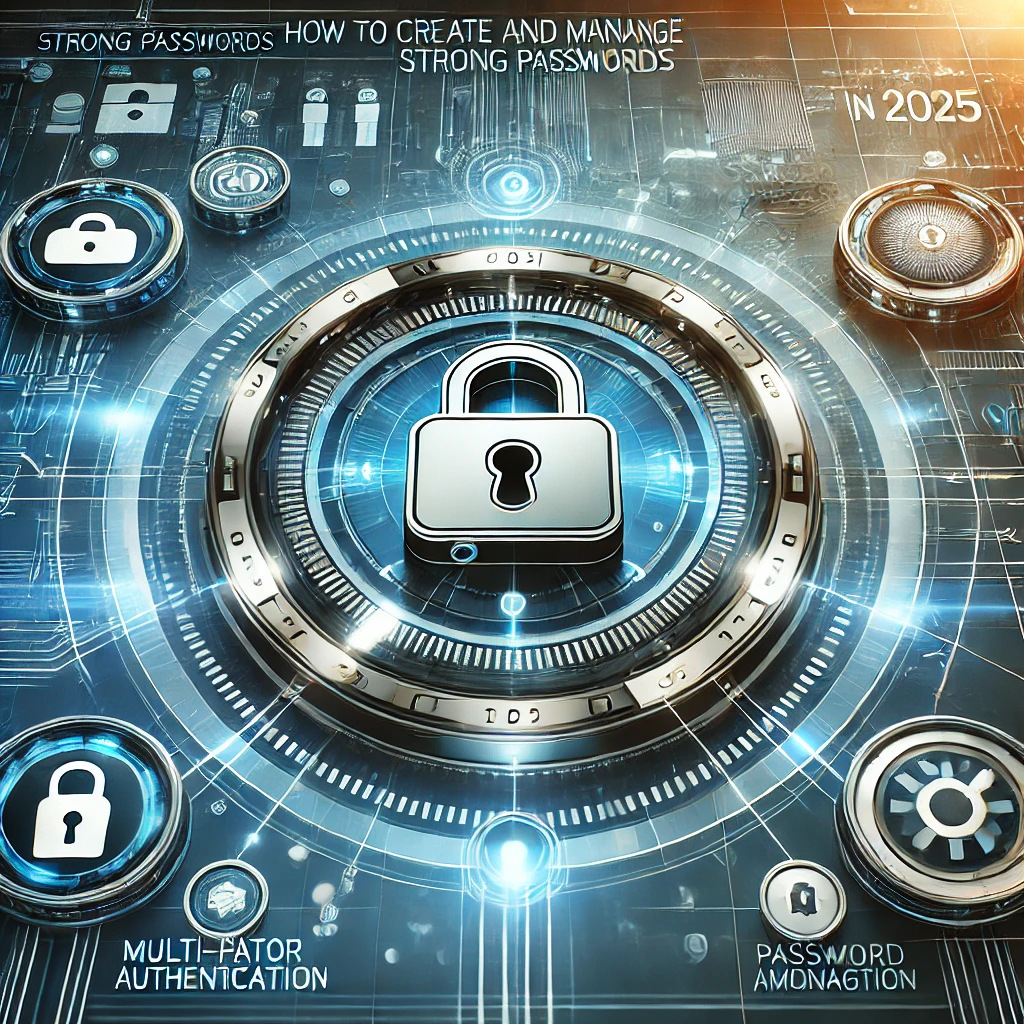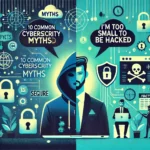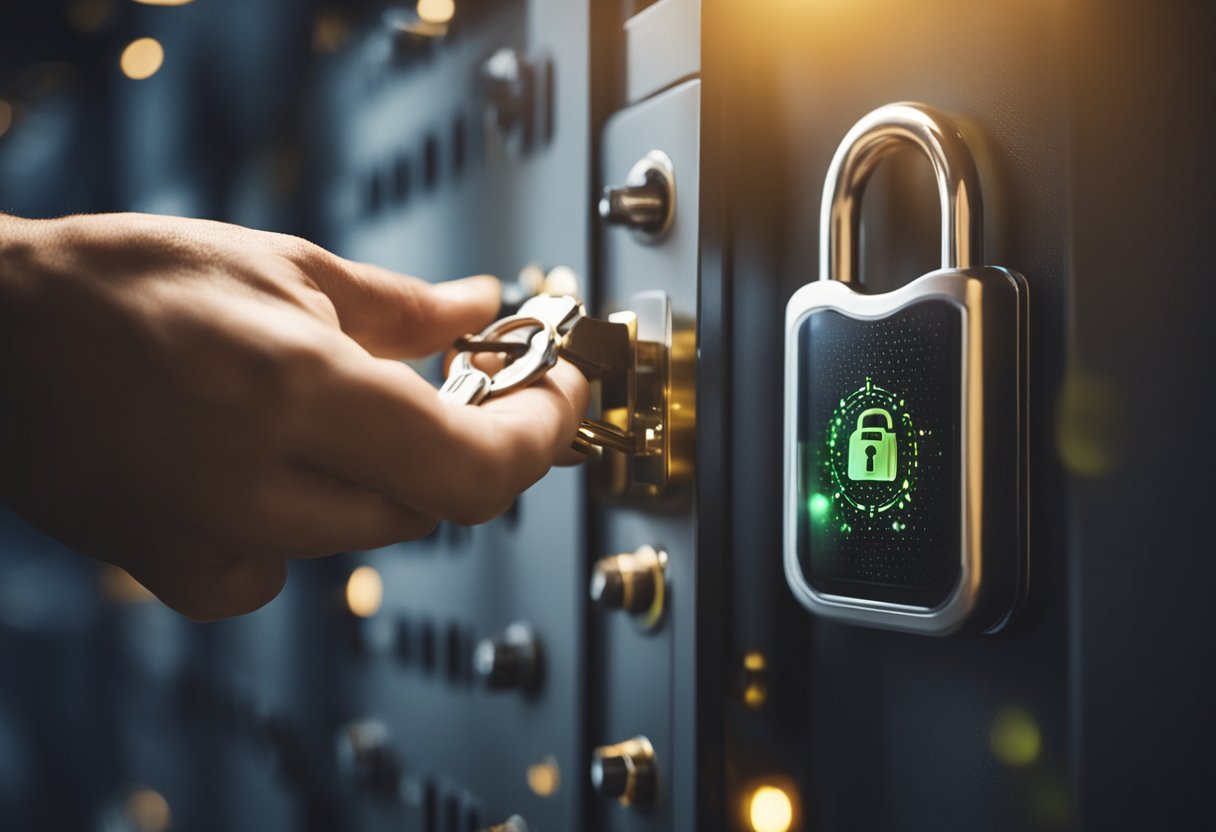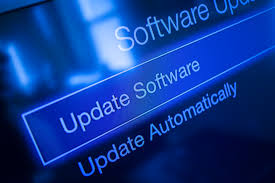In today’s interconnected world, robust password security is paramount. With data breaches and cyberattacks becoming increasingly common, protecting your online accounts with strong, unique passwords is the first line of defense against unauthorized access. This article will guide you through best practices for creating and managing passwords, empowering you to enhance your online security posture. From basic tips to advanced measures, implementing these strategies will significantly reduce your vulnerability to cyber threats.
Creating Strong Passwords
Creating a strong password involves more than just adding a number or special character to a common word. A truly secure password is long, complex, and unpredictable. Aim for a minimum length of 12 characters, incorporating a mix of uppercase and lowercase letters, numbers, and symbols. Avoid using easily guessable information like your name, birthdate, or pet’s name, as these are often the first targets for hackers attempting to crack your password.
Resist the temptation to reuse passwords across multiple accounts. If one account is compromised, all accounts using the same password become vulnerable. Each account should have its own unique, strong password. This may seem daunting, but password managers, discussed later, can simplify this process. Think of each password as a lock on a door; you wouldn’t use the same key for every door in your house, would you?
Consider using passphrases instead of single words. A passphrase is a string of random words strung together, making it longer and more difficult to crack while being easier to remember. For example, “CorrectHorseBatteryStaple” is a well-known example of a strong passphrase. You can create your own by combining unrelated words, adding numbers or symbols for extra security.
Finally, regularly update your passwords. While the ideal frequency depends on the sensitivity of the account, changing passwords every 3-6 months is generally recommended. This limits the damage potential if a password is compromised and forces attackers to constantly re-evaluate their efforts. Regular updates disrupt ongoing attacks and minimize the window of vulnerability.
Managing Your Passwords
Remembering a multitude of complex, unique passwords is practically impossible. This is where password managers come in. These tools securely store and encrypt your passwords, allowing you to access them with a single master password. Choose a reputable password manager that offers strong encryption and multi-factor authentication. This eliminates the need to remember numerous complex passwords while ensuring they are securely stored.
While using a password manager is highly recommended, be sure to choose a strong master password and protect it diligently. This single password is the key to your entire password vault, so it must be exceptionally strong and memorized. Avoid writing it down or storing it in an easily accessible location. Treat your master password with the utmost care and security.
Implement multi-factor authentication (MFA) whenever possible. MFA adds an extra layer of security by requiring a second form of verification, such as a code sent to your phone or email, in addition to your password. This makes it significantly harder for attackers to gain access to your accounts, even if they have your password. MFA is a crucial security measure that should be enabled on all accounts that support it.
Beyond digital tools, consider physical security. Be mindful of your surroundings when entering passwords, especially in public places. Shoulder surfing, where someone observes your keystrokes, is a real threat. Shield your keyboard or screen when entering sensitive information and be aware of who is around you. Protecting your passwords also involves protecting the physical act of entering them.
Advanced Security Measures
Consider using a hardware security key, also known as a U2F key, for your most sensitive accounts. These physical devices provide the strongest form of MFA, offering significantly greater protection against phishing and other attacks. Hardware keys are small, portable, and easy to use, inserting into a USB port to verify your identity.
Regularly review your account activity and security settings. Look for any suspicious login attempts or unauthorized access. Familiarize yourself with the security features offered by your online accounts and enable strong protections like MFA and email notifications for login attempts. Staying vigilant and proactive is crucial for detecting and responding to potential threats.
Be cautious of phishing scams. These attacks often involve fraudulent emails or websites that attempt to trick you into revealing your passwords or other sensitive information. Never click on links in suspicious emails and always verify the legitimacy of a website before entering your login credentials. Education and awareness are key to avoiding these common attacks.
Keep your software and operating systems updated. Software updates often include security patches that address known vulnerabilities. By keeping your systems up-to-date, you reduce the risk of exploitation by attackers. Regular updates are essential for maintaining a strong security posture and protecting against emerging threats.
Protecting your online accounts requires a proactive approach to password creation and management. By implementing the best practices outlined in this article, from creating strong, unique passwords to utilizing advanced security measures like MFA and hardware keys, you can significantly enhance your online security posture and reduce your vulnerability to cyber threats. Remember that security is an ongoing process, requiring vigilance and adaptation to the ever-evolving landscape of online threats. By staying informed and proactive, you can effectively safeguard your digital life.






